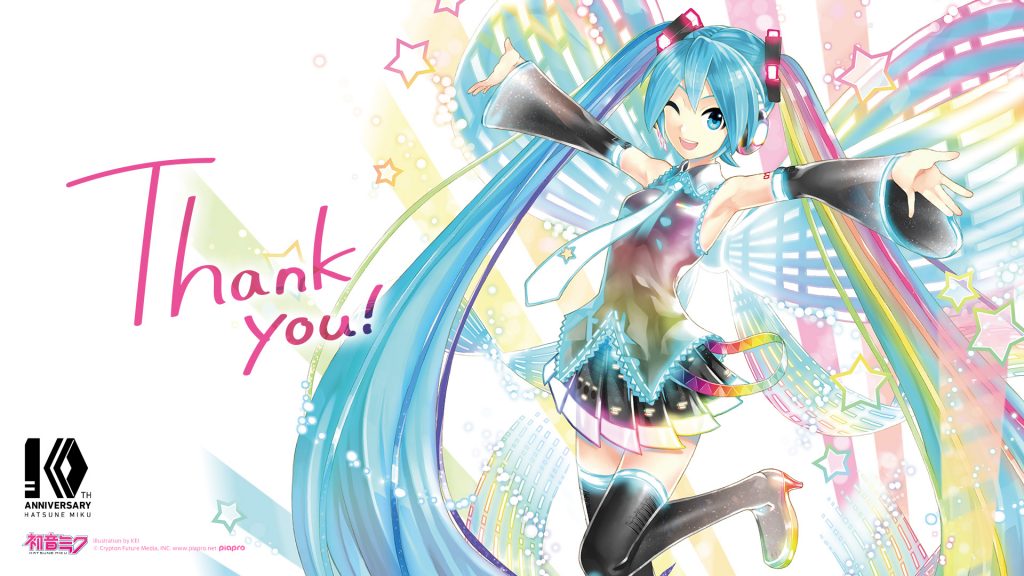We’re in a subculture where people literally proclaim that a brand is their “waifu.” Miku Hatsune is listed on 1,563 users’ waifu lists, according to mywaifulist.moe, a relatively niche website. Miku is a mascot character, meant to promote a brand a sell a product.
In some ways, however, she is the product, or at least part of it. And in some ways, she’s transcended her role as brand ambassador, simply by virtue of being an appealing character that people connect with.
And no doubt she’s helped Crypton Future Media and Yamaha sell some software in the meantime.
This is the magic of mascots, or “brand characters.”
What Are They?
In one way, they’re a moe anthropomorph of the brand they represent. Just like Kongou from Kancolle is a representation of the WWII battlecruiser of the same name, and L85A1 from Upotte is a representation of the rifle of the same name, Nanami Madobe is a representation of Windows 7, and Megumi Haruna is a representation of J-List.

In another way, however, they’re characters in their own right. Dejiko may be the mascot for GAMERS, but she also has her own manga and anime. Same with Super Sonico, the mascot for Nitroplus.
And that’s the magic. An effective mascot character becomes the best brand ambassador a company could ask for by becoming a household name in and of themselves. And they do that by inviting the company’s audience to join in and involve themselves with the character.
They turn “customers” into “fans” by giving them something to latch on to. Anime itself is a marketing tool, after all.
How Are They Used?
These characters encourage a personal connection with the character. And as the character gains visibility, so does the brand. If the character is charming, it becomes an upward spiral. Fans make and share fanart, buy character goods, and promote the company’s brand for them.
Of course, like all marketing, it fails if the product itself is garbage. In a way, brand character marketing is just an extension of word-of-mouth. It just gives people something to talk about other than the product itself.

The best brand characters are, first and foremost, characters. They have mundane facts about them. Hobbies, favorite foods, bust-waist-hips measurements. They tend to have some backstory. But they’re always left open to the audience. The brand’s fans own them just as much as the brand does.
That freedom may be dangerous to some brands. Let’s be real, opening an anime-styled mascot character up to fanart means eventual porn. If a brand isn’t prepared for that, they might not be ready to market to otaku.
In a way, it’s a test of how much a brand identifies with their target market. Otaku’s tendency to sexualize characters they like is well-known. This is true for mascot characters as well.
Any fear around that paradigm is a trap, however. Fanart doesn’t tend to reflect back onto the brand, no matter how lewd. And anybody it does turn away wasn’t likely to be a customer anyway.
I Have A Brand. Should I Have A Character?

Any brand that’s involved with the anime subculture should have its own character. There’s no reason not to. They give brands personality and a personal connection. They also expand a brand’s marketing opportunities, and can even add revenue streams.
My company, She’s Lost Control Media, helps brands design and develop anime mascot characters.
Creating a cute mascot character can pay off, if done right. Coupled with a legitimately killer product, an appealing character can turn loyal customers into fanatics. Those customers become brand ambassadors too.
